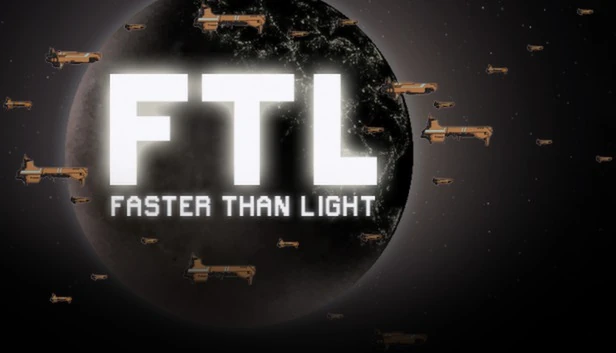Monday, 18 June 2018
Into the Breach and FTL
Into the Breach is a turn based tactics game from the creators of FTL, Subset Games. These two games provide two very interesting approaches to the notion of story within a rogue-like. FTL presents its story through the random events presented en-route to defeating an enemy flagship, whereas Into the Breach, provides narrative through the introduction of the game world, and the meta-narrative that surrounds it.
The story in FTL is light, the rogue like nature of the game, and the variety of races that the player can meet meant that the variety of 'side quests' for lack of a better term were varied along a series of chances, and player action. From the Crystaline entity who can eventually wake up and take you through to another dimension, to boarding a ship of mantis to overthrow an enemy captain. All of these small randomised and difficult tasks reward the player with, if successful new ways to play FTL through the acquisition of new crew and ships.
For Into the Breach such variation does not occur in game, instead the possibility for variation is presented readily in the introduction of the game with the presentation of time travel, different mechs and pilots. All the necessary information is presented at the start of the game - that pilots can return to a different timeline to begin their battle anew (akin to Edge of Tomorrow), ensuring that players are given enough variation, and stories they can create through these already established blocks of gameplay - that of mechs, pilots and time travel mechanics.
Where the two games differ is in the presentation of these narrative events, for FTL these narrative sections rely on a mixture of luck, skill and placement by the game to occur, whereas with Into the Breach the player is readily given an overview of all possible pathways to the mech or pilot they wish to have. Unfortunately this lack of narrative events (more so cause and effect on the state of the palyer) is not present in Into the Breach, the gamepaly is oddly divorced from narrative events, short of losing or succeeding there is little variance in how events progress and how players can effect each of the 4 islands. For FTL the player is given characters and progression as they proceed to encounter these side quests. There is choice of customisability, in different areas to protect from the Vek, and in the randomised pilots players may chance upon in each area - however all of these features were present in FTL in addition to the side quest opportunities.
In a way the presentation can be summed up as having all the information readily laid out, like with Mario or Tetris there is not much room for variation in the overall thematics of the game. Into the Breach is no different it readily provides this information so that players can see the permutations of gameplay more readily. In FTL the randomised secondary quests changed some thematic elements of the game, giving the gameplay/story extra depth as well as forcing the player to consider other elements beyond their ability to progress to the next level. Although hard to replicate (these events were sporadic and randomised) it meant that FTL appeared to have more depth and variety in the actions that the player could take, and also variety in actions that the game could take. It's the old rick of not showing everything to the audience so that they assume that the game is larger/more complex than it is - not that FTL is not complex, more so it hides a lot of it's features so that players can discover them over the course of multiple game sessions.
Here we have a good dichotomy to think about when constructing Roguelike games/ narrative content for consistent gameplay occurences.
Subscribe to:
Posts (Atom)
/cdn.vox-cdn.com/uploads/chorus_image/image/58824351/ITB_large.0.png)


